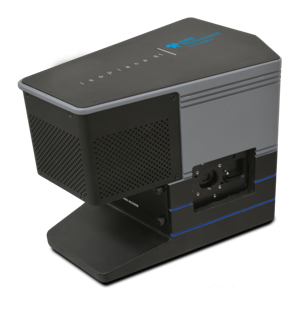Deborah Crittenden, Mark Waterland
ACS Publications
Optical Detection of CoV-SARS-2 Viral Proteins to Sub-Picomolar Concentrations
Introduction
As the COVID-19 pandemic of 2020 and 2021 has shown, reliable, fast and cost effective detection of viral components and diagnostics is an important factor in management and mitigation of disease effects and spread. While PCR tests are the gold standard for testing they are relatively slow to process and resource intensive according to Deborah Crittenden, Mark Waterland and their team of researchers from University of Canterbury and Massey University (New Zealand). In a recent publication in ACS Omega they write that “it has been widely recognized that optical and/or electronic sensing technologies may hold the key to the development of rapid, high throughput, easy-to-use, point-of-care diagnostics.”

A challenge for these measurement techniques is that they need to achieve sensitivity to detect concentration in the fM range which represents a biologically and practically relevant value. The researchers implement 3 photonics based measurements systems for measurement of Covid-19 genetic signatures including biolayer interferometry and surface plasmon resonance, but the most sensitive technique studied was surface enhanced Raman spectroscopy (SERS). SERS enhances the vibrational Raman spectra of molecules in the presence of metallic nanoparticles.
To achieve high sensitivity the team functionalizes the surface of Ag nano particles with DNA aptamers that bind specifically to the CoV-SARS-2 spike proteins. Using Raman spectroscopy they observe changes in the aptamer Raman spectrum before and after binding of the viral components.
The SERS spectra are recorded by excitation with a 532nm laser and measuring the spectra (after filtering out laser light using a longpass edge filter) with an Isoplane-81 spectrograph, which allows for data collection with high resolution and sensitivity besides its small form factor.
The researchers then identify specific Raman bands that are attributed to N-H and C-H stretching vibrations and analysis including principal component analysis reveals a characteristic reduction of intensity in these bands in the presence of the spike protein. The results show that the applied SERS technique allows detection down to subfemtomolar concentrations. Moreover this method has high speed and sensitivity that make it a good building block for the development of rapid diagnostic instruments. Future public health challenge might see techniques like SERS applied on a large scale allowing for faster and better informed decisions to prevent large scale viral outbreaks.

